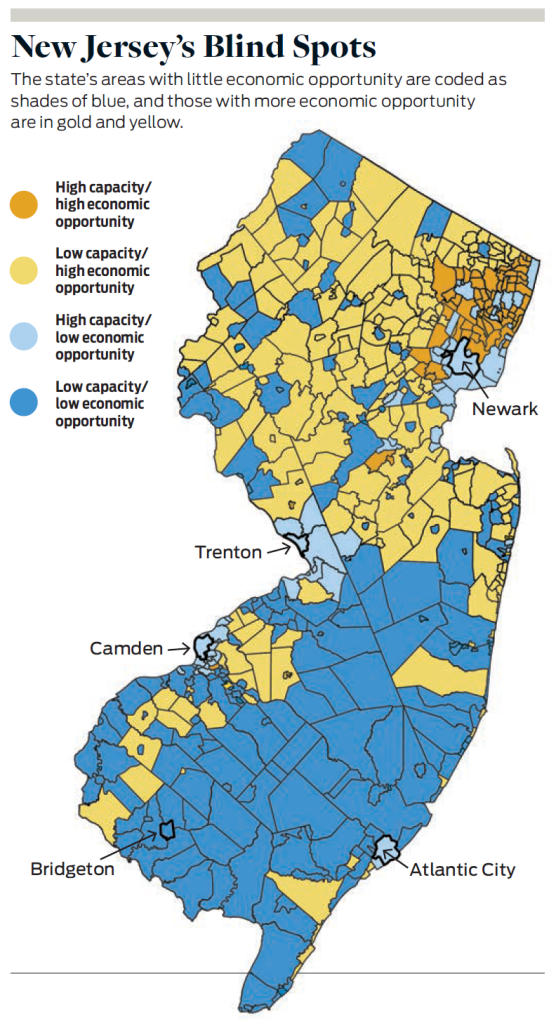Did you miss Part 1 of this series? Well, check it out right here!
Last week we introduced the fundamental principles of game theory. We hinted at how these concepts might be applied to the proposal response process. Now, let’s dive deeper into one of the first strategic decisions an organization faces when a grant or Request for Proposal (RFP) opportunity arises: the bid/no-bid decision.
Bid/No-bid Decision Process
The bid/no-bid decision is crucial in the proposal response process. It’s the point at which an organization decides whether it’s worth pursuing a grant opportunity or responding to an RFP based on various factors such as available resources, fit with organizational goals, the potential return on investment, and probability of success.
This decision, although it may seem straightforward, is deeply strategic. It involves an assessment of an organization’s capabilities and an analysis of the competition. This is where game theory comes in.
Game Theory and the Bid/No-bid Decision
Game theory allows us to view the bid/no-bid decision as a strategic interaction. Other organizations in your market also have the option to bid or not bid, and their decisions could impact your organization’s success. Thus, the optimal choice for your organization depends not just on your situation but also on the choices made by others.
Nash Equilibrium in Bid/No-bid Decisions
The Nash Equilibrium, a key principle in game theory, is a state in which no player can improve their situation by changing their strategy unilaterally, given that the strategies of others remain unchanged. In the context of the bid/no-bid decision, a Nash Equilibrium would occur when no organization can increase its probability of success by changing its decision to bid or not bid, assuming that the decisions of other organizations remain the same.
By understanding the concept of Nash Equilibrium, your organization can better predict the likely actions of competitors and choose the most strategic bid/no-bid decision based on this prediction.
Dominant Strategies in Bid/No-bid Decisions
In game theory, a dominant strategy is the best strategy for a player, regardless of what strategies the other players choose. In a bid/no-bid decision scenario, an organization might have a dominant strategy if, for example, it has superior resources, unique expertise, or a compelling value proposition that make it the clear frontrunner, regardless of the actions of other organizations.
Conversely, an organization might have a dominated strategy — the worst — if it’s ill-prepared to meet the proposal’s requirements or is likely to outperform competitors. Recognizing dominated strategies can help organizations avoid wasting time and resources on bids they’re unlikely to win. And we know that the proposal preparation process takes time; lots of time.
Case Example of a Bid/No-bid Decision
Consider a scenario where two non-profit organizations are deciding whether to apply for a grant that perfectly aligns with their mission. Both organizations have equal resources, but Allies for Equity has a long history and strong track record, while Better Wellness is relatively new and less established.
Applying the principles of game theory, we might predict that the Nash Equilibrium in this scenario would be for Allies for Equity to bid and Better Wellness to abstain. Given their histories, Allies for Equity has a dominant strategy to bid, while Better Wellness’s strategy to bid is dominated.
In the real world, many other factors would also come into play. However, by applying the principles of game theory, organizations can gain a strategic edge in the bid/no-bid decision process.

From Atkins, Alldred, and Hart in the Stanford Social Innovation Review, Spring 2021
Why Should a New and Less Established Organization Ever Respond?
Wait a second.
Let’s say your organization is small, up-and-coming, without many resources. This is often the case for many organizations. Research from Rutgers has shown that organizations in areas of health inequity are less likely to receive philanthropic funding!
How will you ever compete if you are set up to be dominated? Why should you even respond to an RFP or apply for a grant when we’re up against established organizations with proven track records?”
New organizations should still consider responding for several reasons:
- Unique Innovation and Fresh Perspectives: New organizations often bring unique and innovative solutions that set them apart. This fresh perspective can be a strong selling point in a proposal, as RFP issuers or grant providers may be looking for novel ideas that challenge the status quo.
- Agility and Flexibility: Less established organizations often have greater agility and flexibility, which can be a significant advantage in implementing projects effectively and efficiently. They are usually more adaptive to changes and quicker in making necessary adjustments. For larger organizations with gigantic indirect fees (I’m looking at you, universities), this could be very appealing to funders.
- Specialized Expertise: Newer organizations often form to address a particular need or gap in the market. As a result, they can offer specialized expertise or services that set them apart from more established, but potentially more generalist, competitors.
- Building a Track Record: Every organization has to start somewhere. By responding to RFPs or applying for grants, new organizations can begin to build their track record, gaining experience and visibility that can help them compete more effectively in the future.
- Potential for Growth: Even if a new organization doesn’t win a particular bid, preparing and submitting a proposal can be a valuable learning experience. It can help the organization identify its strengths and weaknesses, understand the competitive landscape better, and refine its strategy for future bids.
Next Week!
In our next blog post, we’ll continue to explore how game theory can be applied to proposal responses, focusing next on the role of competitive analysis.
Futher reading.
There are other factors you might want to consider, so of which we’ll be digging into. This blog has a good overview of some of them.

